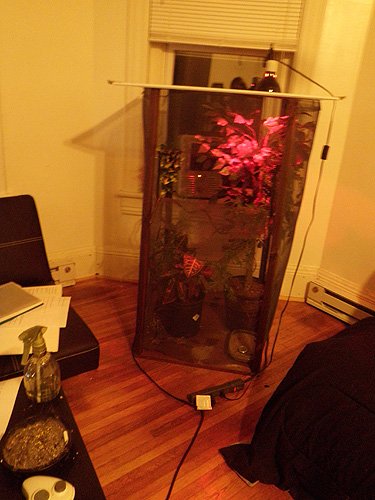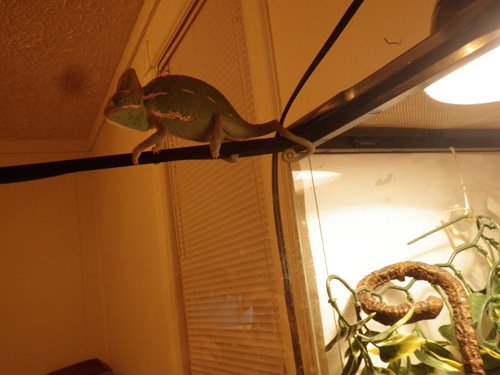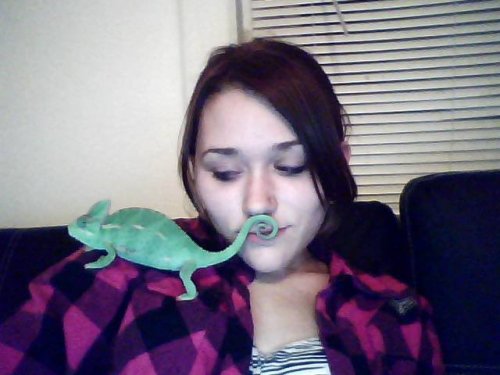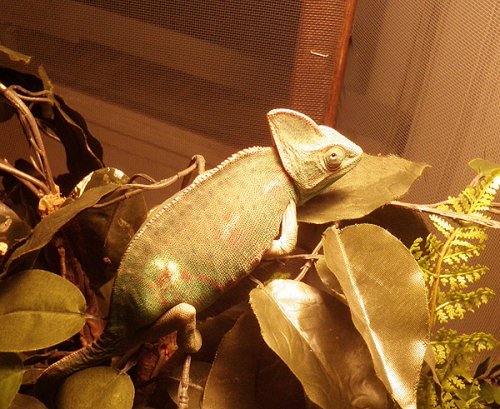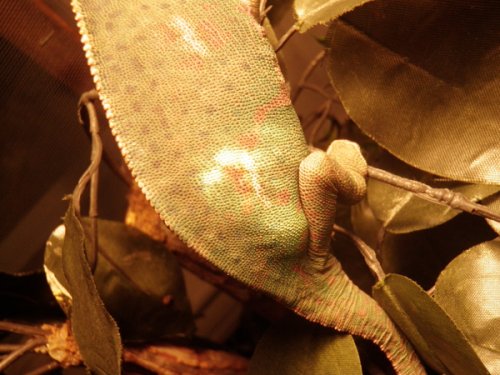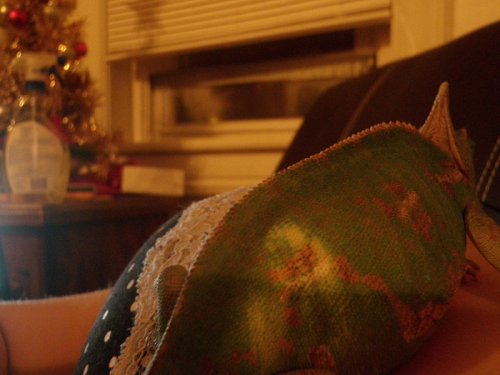meako
New Member
I have a roughly six month old female Veiled named Galileo. She's been the most wonderful little girl - she's not aggressive in the least bit, she loves drinking from the sprayer, and she's mostly hand fed. She's very happy in her giant enclosure with four foot Ficus and vines and such. Anyway - she laid eggs about six or seven days ago in the bottom of her Croton (in soil, hard to believe) and there were only about eight. I waited til she climbed back up to dig them out. She was brown the whole week leading up to, but was eating and friendly. Now she's a little less energetic and hasn't eaten but I believe two crickets the past week and yesterday she started developing this white spot on her side near her back leg. It's lumpy there, and it's somewhat visible on the other side. I'm assuming she didn't lay the rest of her eggs??
I've put her in a large storage container with deep, damp sand and her light but she won't lay the rest - should I take her to the vet or are there other methods?
It snowed a lot here, so the vet's been closed for two days! I'm hoping to get her checked out tomorrow, but any suggestions?
I've put her in a large storage container with deep, damp sand and her light but she won't lay the rest - should I take her to the vet or are there other methods?
It snowed a lot here, so the vet's been closed for two days! I'm hoping to get her checked out tomorrow, but any suggestions?





